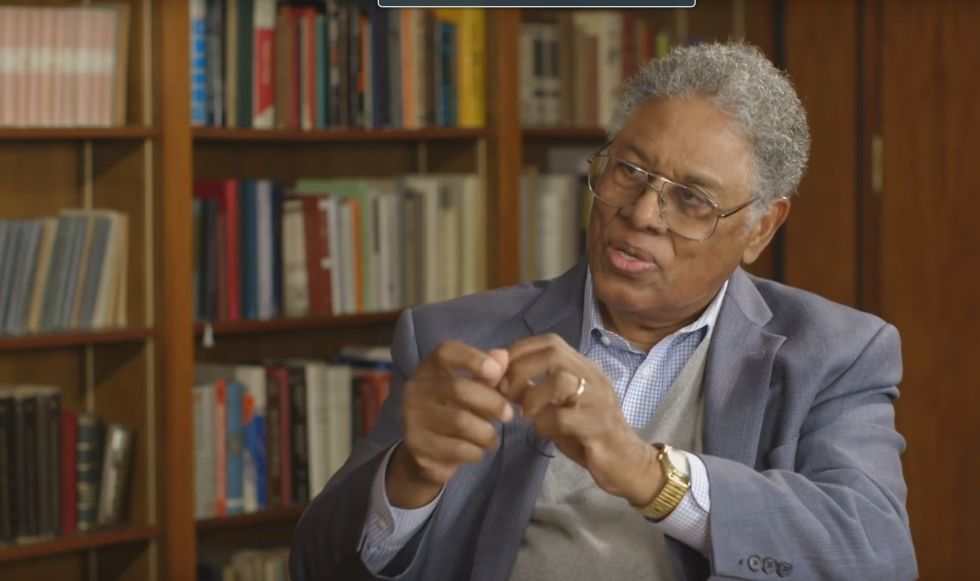Some thought that racial preferences and quotas — “affirmative action” — in university admissions decisions were on their way out after they were banned by the 5th Circuit Court of Appeals in Texas and by Proposition 209 in California. However, the 6th Circuit Court of Appeals has ruled that it is all right for the University of Michigan to use racial factors in determining whom to admit to their law school.
The next stop is obviously the Supreme Court of the United States. How that case will turn out is anybody’s guess. The Supreme Court has gone back and forth on racial quota cases over the years. Often there have been changing 5 to 4 decisions from one case to the next and shifting majorities for different portions of a given decision. The trumpet has been making a very uncertain sound for a very long time.
There may be more of the same this time, with the High Court trying to square the circle or split the difference, and ending up with five votes for a ruling based on nothing more than a need to get five votes. In other words, the whole issue is unlikely to be resolved on Constitutional principles and more likely to be left a festering sore, for the sake of expediency.
When racial preferences were ended in California, there was much hysteria in the media, with dire predictions that blacks would be kept out of higher education. Just recently, with much less publicity, the fact has come out that there are now more black students in the University of California system than there were when racial preferences and quotas were in effect. The same is true in the University of Texas system.
What has happened is that black students have redistributed themselves within both these state university systems. There are no longer as many blacks attending the respective flagship universities in these systems, but they are attending other institutions whose normal standards they meet, instead of being overmatched and flunking out of more prestigious institutions.
A book by former university presidents William Bowen (Princeton) and Derek Bok (Harvard) had made a misleading case for affirmative action that the media have hailed as definitive. Bowen and Bok claim that the mismatching of black students under affirmative action has not produced the dire results predicted by critics. Their evidence? Black students graduate at higher rates at a particular set of elite institutions that Bowen and Bok have chosen to study than at lower ranked institutions in their study.
The real issue, however, is not how highly ranked the institutions are, but how big the racial difference in admissions standards has been. This they never tell us, despite mountains of statistics on everything else. From other studies, however, it is clear that racial differences in SAT scores, for example, are much smaller at Harvard (95 points) than at Duke (184 points) or Rice (271 points).
In other words, where the racial preferences in admissions are not as great, the differences in graduation rates are not as great. The critics of affirmative action were right: Racial preferences reduce the prospects of black students graduating. Other data tell the same story.
Compare racial preferences in Colorado, for example. At the flagship University of Colorado at Boulder, test score differences between black and white students have been more than 200 points — and only 39 percent of the black students graduated, compared to 72 percent of white students. Meanwhile, at the University of Colorado at Denver, where the SAT score difference was a negligible 30 points, there was also a negligible difference in graduation rates — 50 percent for blacks and 48 percent for whites.
In short, it is not the relative rankings of the institutions but the racial differential in admissions standards that has been crucial. You are not doing anybody a favor by sending them where they are more likely to fail, rather than where they are more likely to succeed. Critics of racial preferences and quotas have been saying that for more than 30 years, and now the data back them up — which may be why you don’t hear much about those data.
None of this should be relevant to the question before the Supreme Court, which is whether the 14th Amendment’s requirement of “equal protection” for all Americans is trumped by the magic word “diversity.”





